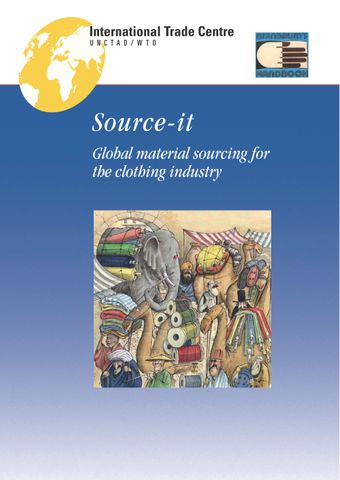Summary of United States rules of origin

- Author: International Trade Centre
- Main Title: Source-It , pp 161-169
- Publication Date: October 2005
- DOI: https://doi.org/10.18356/d05378bd-en
- Language: English French, Spanish
The country of origin of merchandise imported into the customs territory of the United States (the fifty states, the District of Columbia and Puerto Rico) is important for several reasons. The country of origin of merchandise can affect, among other things, the rate of duty, the eligibility for special programmes, admissibility, quota, procurement by government agencies and marking requirements. The ‘preferential’ rules are those that apply to merchandise to determine eligibility for special treatment under various trade agreements or special legislation. Some of the rules use a ‘tariff-shift’ (or ‘change in tariff classification’) method, which is based on the Harmonized Commodity Description and Coding System (HS). The Harmonized System forms the core of the United States tariff system, the Harmonized Tariff Schedule of the United States (HTSUS). The rules of origin discussed below are administered by the United States Bureau of Customs and Border Protection (CBP) of the United States Department of Homeland Security.
-
From This Site
/content/books/9789213615270s043-c003dcterms_title,dcterms_subject,pub_keyword-contentType:Journal -contentType:Contributor -contentType:Concept -contentType:Institution105

